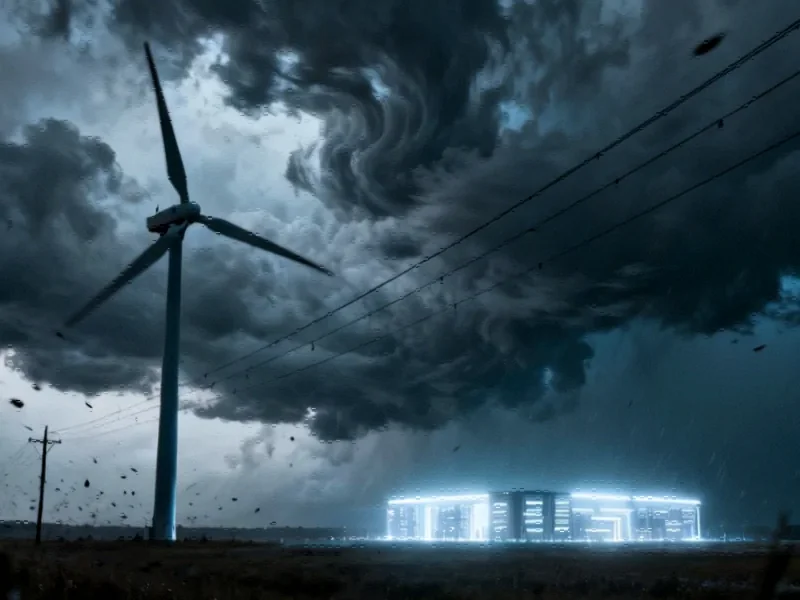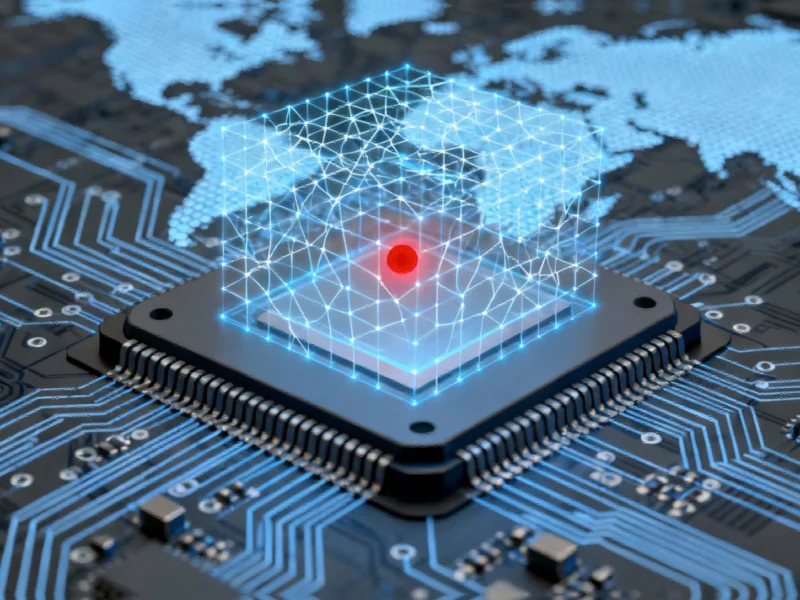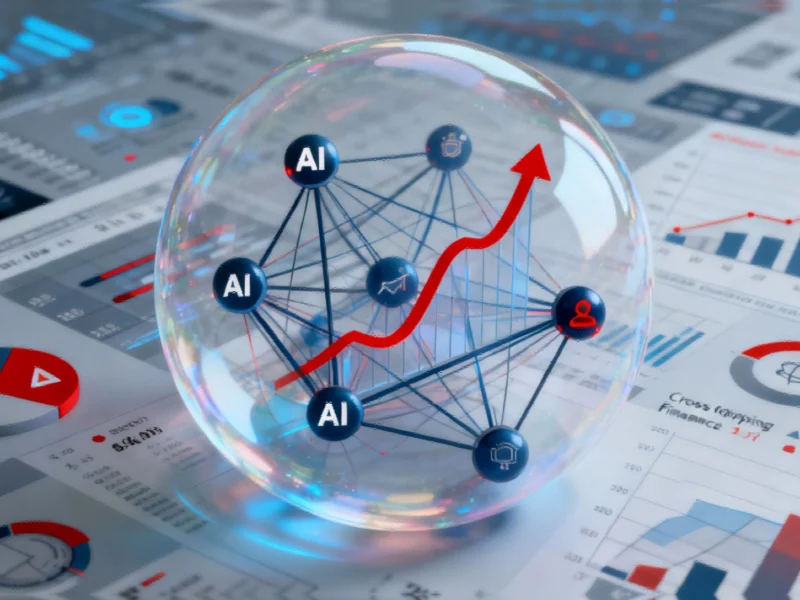Unprecedented Electricity Demand Tests Georgia’s Energy Future
Georgia is confronting an energy crisis of historic proportions as artificial intelligence datacenters drive electricity demand to unprecedented levels. The state’s Republican-controlled Public Service Commission (PSC) faces critical decisions about power expansion and pricing that could reshape Georgia’s economic landscape and burden consumers with significantly higher utility bills.
Georgia Power has submitted a staggering request for approximately 10 additional gigawatts of energy capacity in the coming years—enough to power 8.3 million homes at an estimated cost of nearly $16 billion. According to Tom Krause, spokesperson for the state’s public service commission, about 80% of this massive demand stems from datacenters, primarily those supporting artificial intelligence operations.
The Political Battle Over Power Allocation
This represents the largest energy increase ever considered by the commission in a multiyear plan, arriving as the Atlanta metro area led the nation in datacenter construction last year. The situation has ignited widespread concern among consumer advocates and environmental groups, with public hearings drawing diverse stakeholders worried about both rising costs and environmental consequences.
Charles Hua, founder of PowerLines, captured the national significance of Georgia’s predicament: “In many ways, Georgia is a microcosm for the US in terms of the country’s energy future. Georgia is facing rising energy demand and rising energy prices, mostly due to datacenters.” This pattern of historic power demand reflects broader national trends affecting multiple states.
Consumer Outrage and Economic Implications
Mark McLaurin of Climate Power noted “organic outrage at power bills and the stress they place on consumers,” highlighting that the PSC approved six rate increases sought by Georgia Power in the last two years. Connie Di Cicco of the Georgia Conservation Voters Education Fund revealed that Georgia Power’s 2.5 million residential customers pay higher electricity rates than industrial customers—a revelation that she says causes people to “lose their mind!”
The economic implications extend beyond Georgia’s borders, mirroring global economic pressures affecting multiple sectors. As industries worldwide adapt to changing energy landscapes, the decisions made in Georgia could establish precedents for how other states manage similar challenges.
Environmental Concerns and Energy Source Debates
Environmental advocates are pushing for greater renewable energy development to meet the surging demand. Maggie Shober, research director for the Southern Alliance for Clean Energy, expressed concern about “Georgia Power’s seeming fallback to fossil fuels” and the pace of decarbonization efforts. The company has announced plans to develop three new natural gas turbines, raising questions about the state’s commitment to clean energy transitions.
This energy dilemma coincides with broader industrial transitions occurring across multiple sectors, where balancing growth with sustainability remains a central challenge. The parallel evolution in automotive and computing industries demonstrates how technological advancement increasingly depends on reliable, sustainable power solutions.
Legislative Responses and Regulatory Challenges
State senator Chuck Hufstetler has introduced legislation to force datacenters to shoulder more costs and prohibit the PSC from raising utility bills due to increased electricity needs. However, he noted challenges in implementation, stating, “They have secret contracts that the public doesn’t see,” making it difficult to determine precise cost definitions.
Daniel Blackman, a regional EPA administrator, emphasized the need for “bad actor legislation” to provide guardrails for datacenter companies. He also hopes the hearings will build capacity among grassroots organizations to educate people about datacenters and their relationship to utility bills.
Political Implications and Upcoming Elections
The controversy arrives at a pivotal political moment, with progressive Democrats having the opportunity to take two of five seats at the PSC in November elections. If Democrats Alicia Johnson and Peter Hubbard win, the commission would lose its all-Republican makeup for the first time in nearly two decades.
McLaurin observed that if “these seats flip, the commission now includes a diversity of opinion,” though he remains “clear-eyed” about regulators not stopping datacenters altogether. Instead, he hopes to see “a commitment to a diversity of energy sources.” This political shift could influence how the state manages its energy infrastructure and consumer protections in coming years.
Broader Industry Context and Technical Evolution
The Georgia situation unfolds against a backdrop of rapid computing infrastructure evolution that demands increasingly sophisticated power management solutions. As computational requirements grow across industries, the energy demands of supporting infrastructure have become a critical consideration for regional planning.
These developments reflect broader patterns of technological transformation where performance requirements drive infrastructure needs across multiple sectors. The intersection of high-performance computing and sustainable energy management represents one of the most significant challenges for modern industrial development.
Looking Forward: Balancing Growth and Responsibility
As Shober summarized the hearings as “a real pivotal moment” and “a chance PSC has to hold Georgia Power accountable,” most stakeholders acknowledge that datacenters are essential infrastructure. The central question remains how to ensure they pay their fair share while developing sustainable energy solutions that don’t burden consumers or exacerbate environmental challenges.
The outcome in Georgia will likely influence how other states approach similar industry developments as AI and computing infrastructure continue to expand nationwide. The decisions made today will shape not only Georgia’s energy future but potentially establish templates for managing the intersection of technological progress and public utility management across the United States.
This article aggregates information from publicly available sources. All trademarks and copyrights belong to their respective owners.
Note: Featured image is for illustrative purposes only and does not represent any specific product, service, or entity mentioned in this article.



